Submarines have long been the silent sentinels of naval warfare, lurking beneath the waves and altering the course of history with their strategic prowess. In this article, we explore 15 military submarines that have significantly impacted naval tactics and technology. From early innovations to modern marvels, these submarines have not only changed how wars are fought but have also reshaped our understanding of underwater warfare. Join us as we dive into the stories of these remarkable vessels that have left an indelible mark on naval history.
Contents
USS Holland (SS-1)
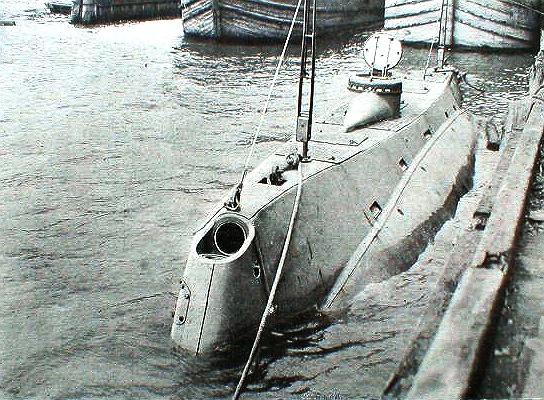
Commissioned in 1900, the USS Holland was the first modern submarine in the U.S. Navy, designed by John Philip Holland. It featured innovations such as a gasoline engine for surface propulsion and an electric motor for submerged operation. Its success demonstrated the practicality of submarines in naval warfare and influenced future submarine designs.
HMS Holland 1
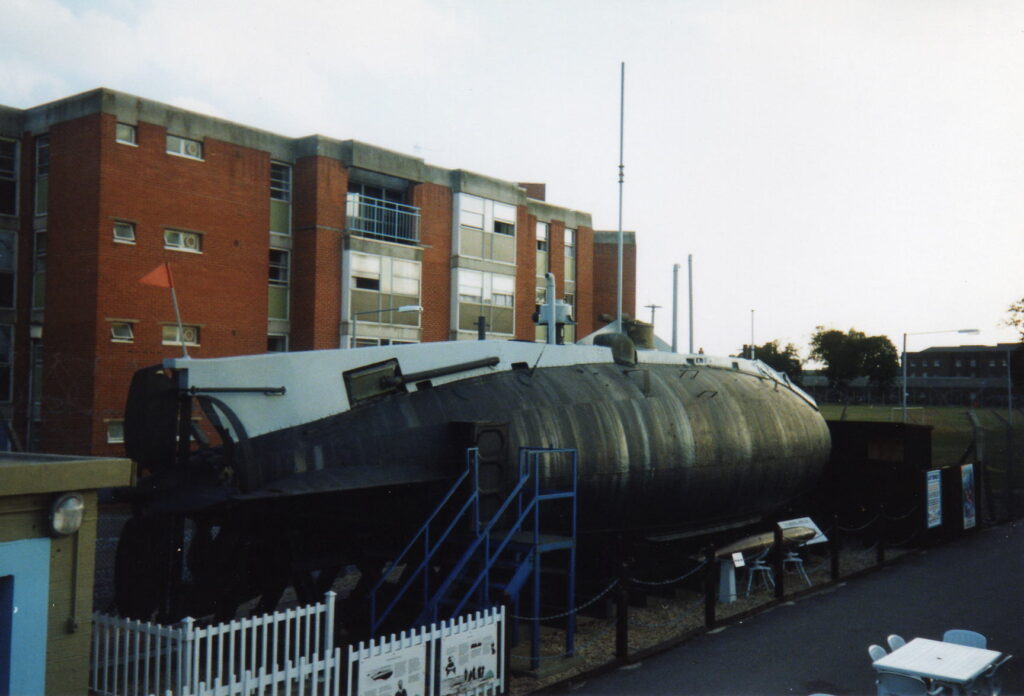
Launched in 1901, HMS Holland 1 was the Royal Navy’s first submarine. It laid the groundwork for the development of the British submarine fleet. Its design included features like a petrol engine and electric motor, proving the viability of submarines in the Royal Navy and leading to the establishment of a dedicated submarine service.
USS Nautilus (SSN-571)
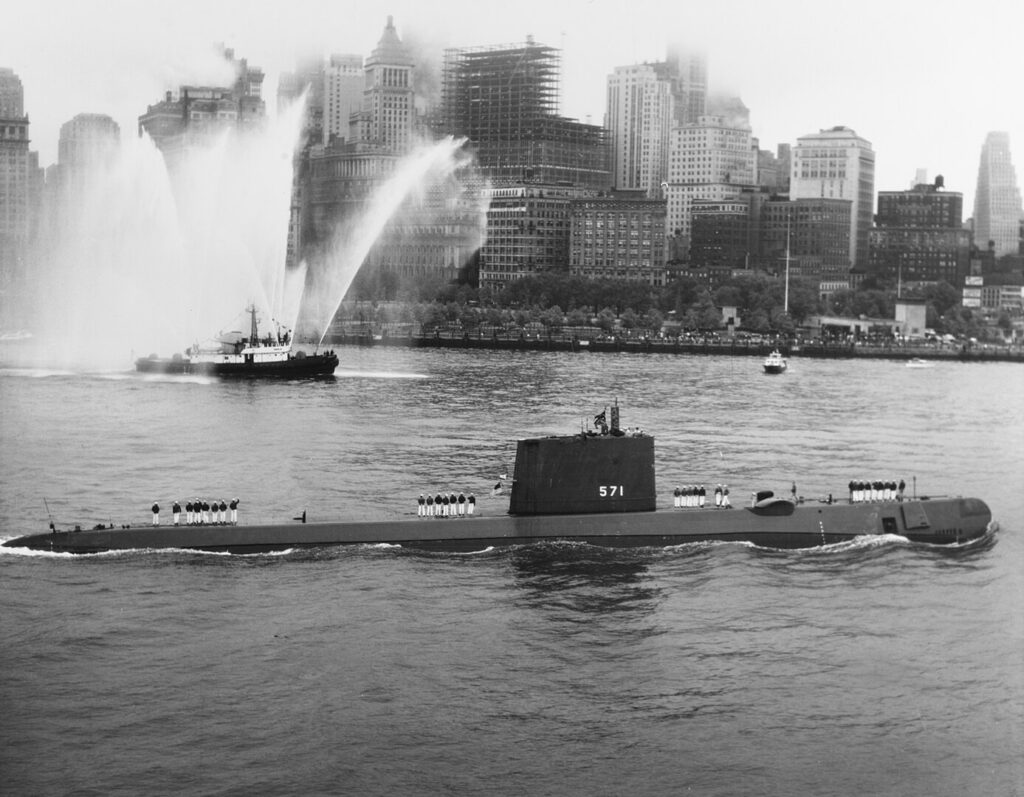
Commissioned in 1954, USS Nautilus was the world’s first operational nuclear-powered submarine. It could remain submerged for extended periods, revolutionizing naval warfare with its unlimited range and endurance. The Nautilus demonstrated the strategic advantage of nuclear propulsion in submarines.
HMS Dreadnought (S101)
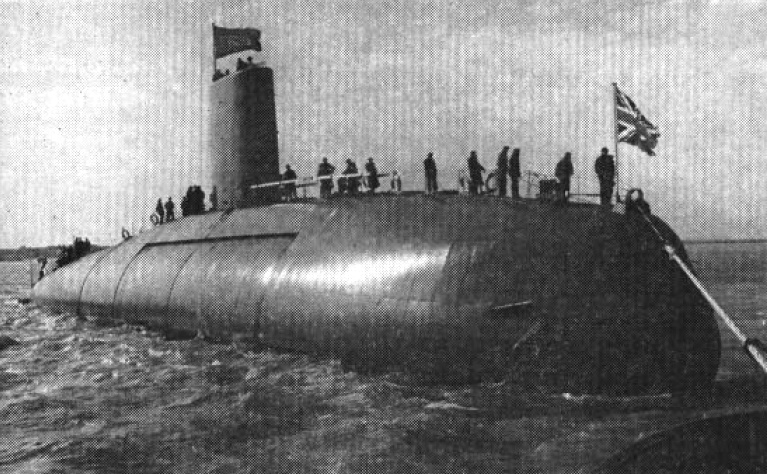
Launched in 1960, HMS Dreadnought was the first British nuclear-powered submarine. Its introduction into the Royal Navy marked a significant technological advancement, providing the UK with a powerful and enduring underwater capability, enhancing its strategic deterrence during the Cold War.
K-19
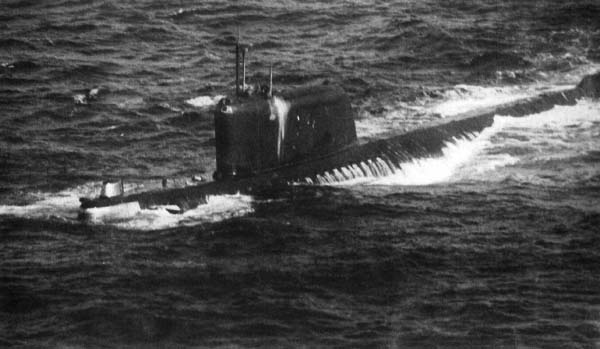
One of the Soviet Union’s first nuclear-powered submarines, K-19, launched in 1961, is infamous for its reactor accident in 1961. The incident highlighted the risks associated with nuclear propulsion and led to significant safety improvements in subsequent submarine designs.
USS Seawolf (SSN-21)
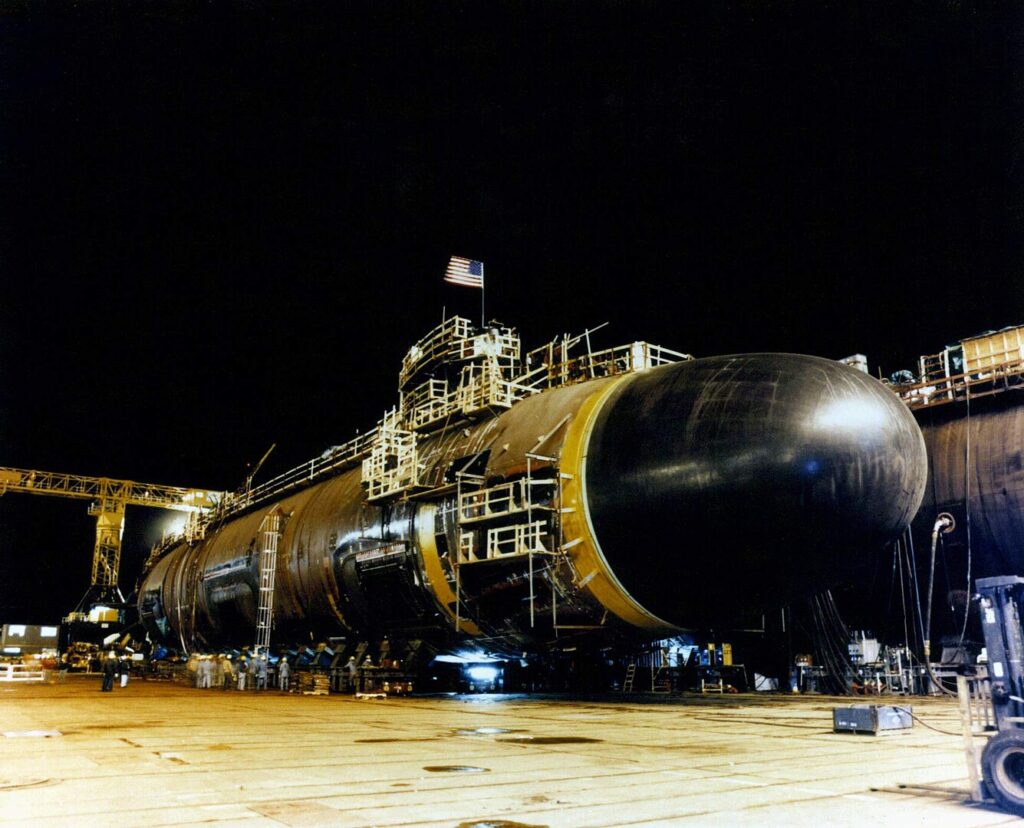
Commissioned in 1997, USS Seawolf was known for its advanced technology and quiet operation. It featured a high-speed pump-jet propulsion system and advanced sonar capabilities, making it one of the most capable attack submarines in the world. The Seawolf class set new standards for submarine performance and stealth.
USS George Washington (SSBN-59
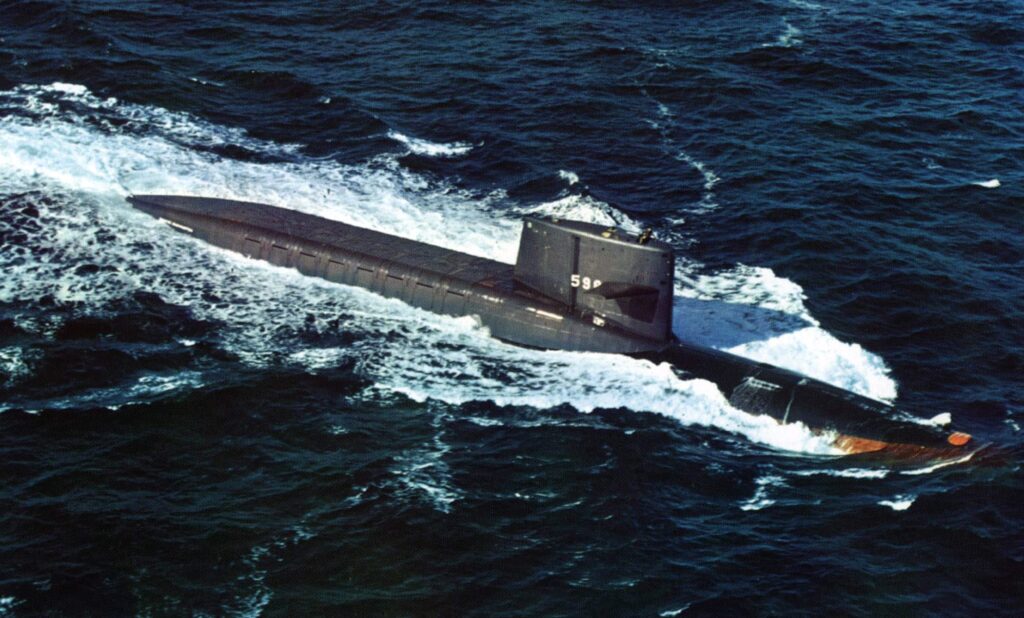
Commissioned in 1959, the USS George Washington was the first operational ballistic missile submarine. It could launch Polaris missiles while submerged, providing the U.S. with a powerful nuclear deterrent and transforming the strategic balance during the Cold War.
HMS Vanguard (S28)
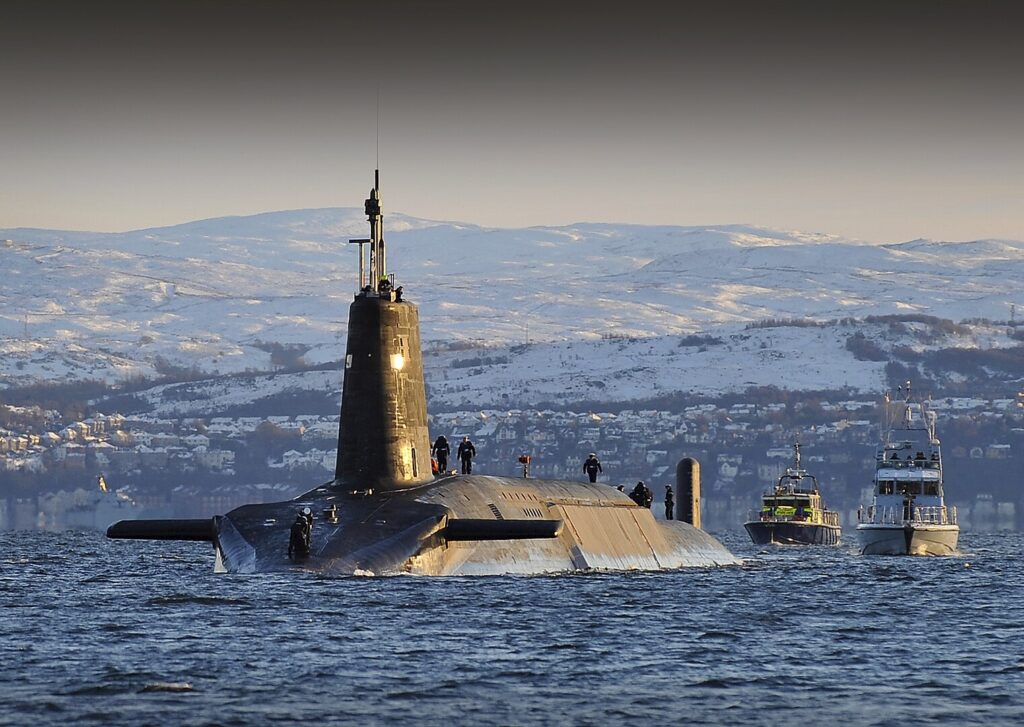
HMS Vanguard, launched in 1992, is a modern British ballistic missile submarine. Equipped with Trident II D5 missiles, it forms a key part of the UK’s nuclear deterrent. Its advanced stealth features and endurance make it a critical component of the Royal Navy’s strategic capabilities.
USS Ohio (SSGN-726)
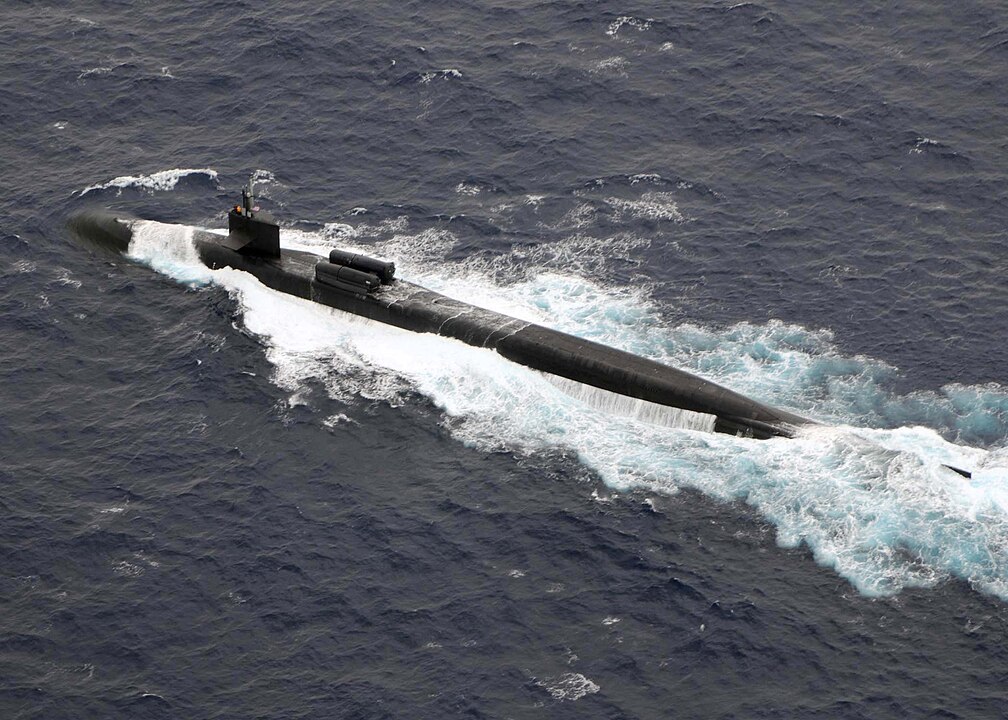
Originally commissioned as a ballistic missile submarine in 1981, USS Ohio was later converted to a guided missile submarine. It can carry up to 154 Tomahawk cruise missiles, providing the U.S. Navy with a versatile and powerful strike platform. The conversion of Ohio-class submarines exemplifies adaptability in naval strategy.
Kursk (K-141)
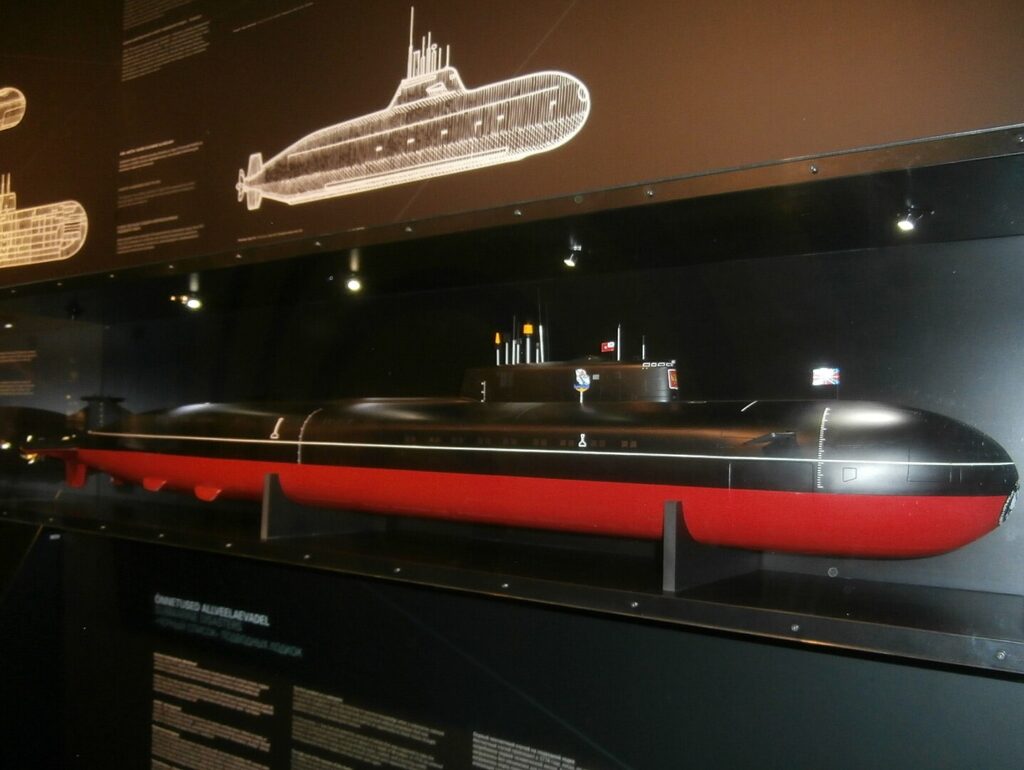
The Kursk, an Oscar II-class submarine, was one of Russia’s most advanced nuclear-powered submarines before its tragic sinking in 2000. The incident highlighted deficiencies in Russian naval procedures and led to increased safety measures and international cooperation in submarine rescue operations.
USS Virginia (SSN-774)
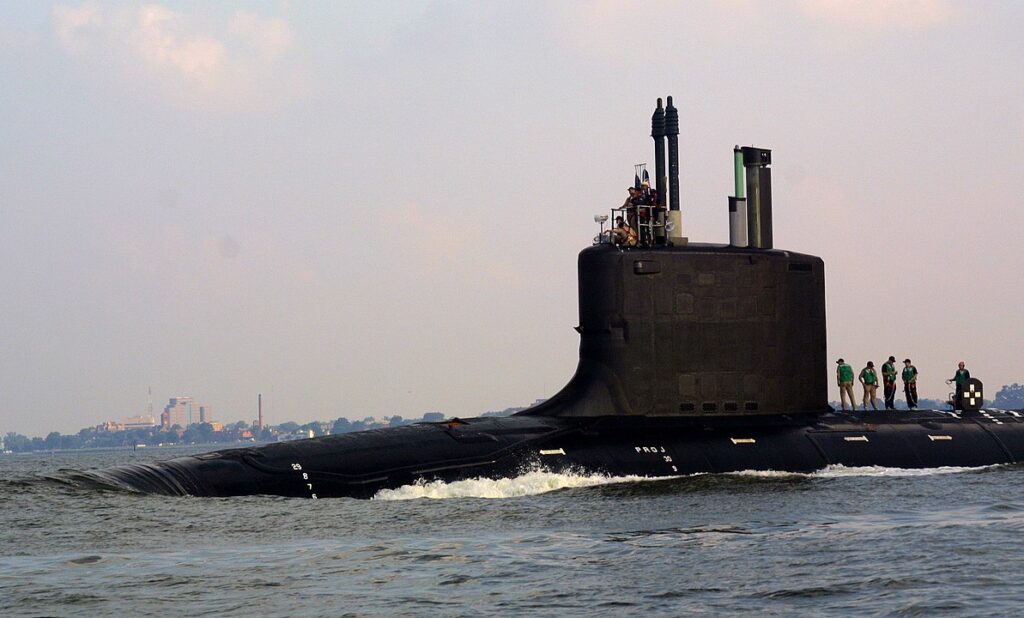
Commissioned in 2004, USS Virginia represents the latest in U.S. attack submarine technology. It features advanced stealth capabilities, improved sonar systems, and flexible payload options, making it one of the most capable submarines in the world and a key asset in modern naval warfare.
Redoutable (S 611)
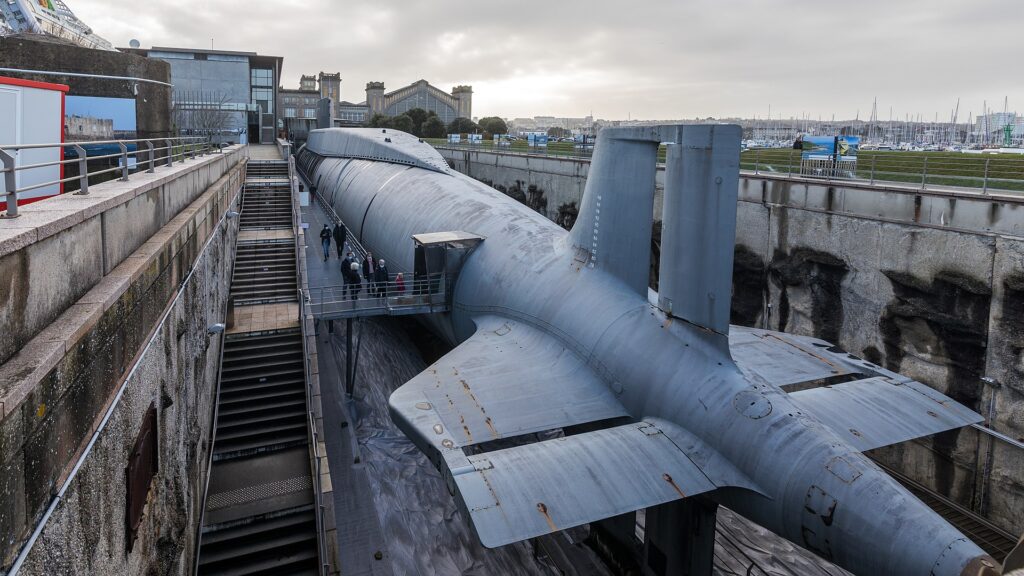
Launched in 1967, Redoutable was the first French nuclear-powered submarine. It marked a significant milestone in France’s naval capabilities, providing the country with a credible nuclear deterrent. Redoutable’s design and technology influenced subsequent generations of French submarines.
USS Triton (SSRN-586)
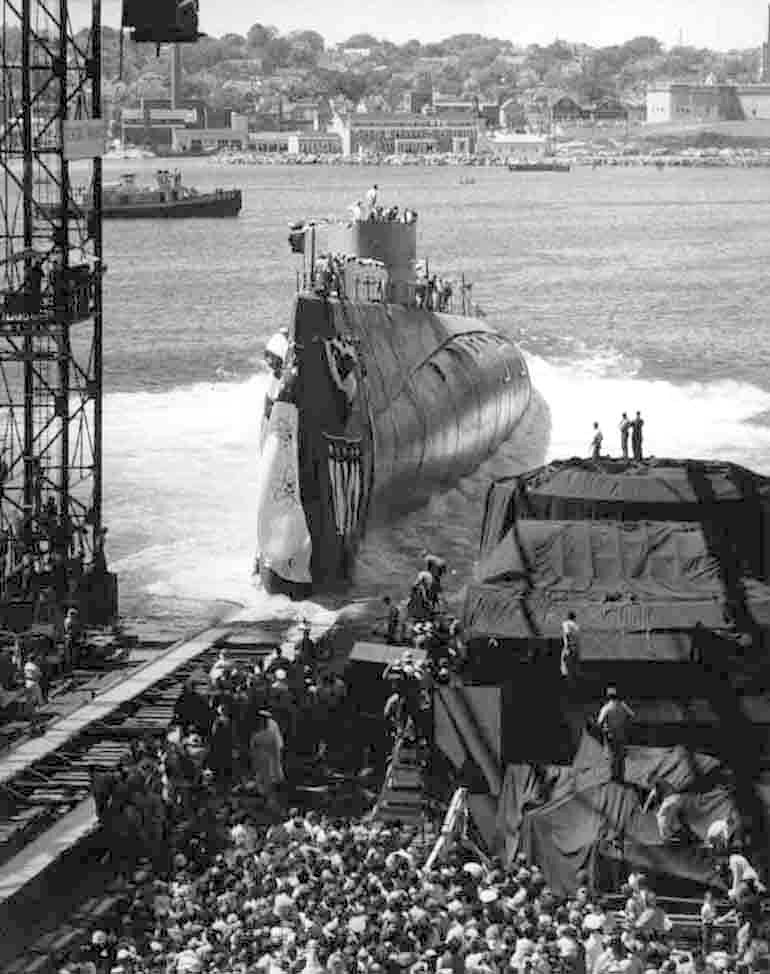
USS Triton, commissioned in 1959, was the first submarine to circumnavigate the globe submerged. This historic voyage demonstrated the extended operational capabilities of nuclear-powered submarines and highlighted the strategic advantage of sustained underwater operations.
Typhoon-class (Project 941 Akula)
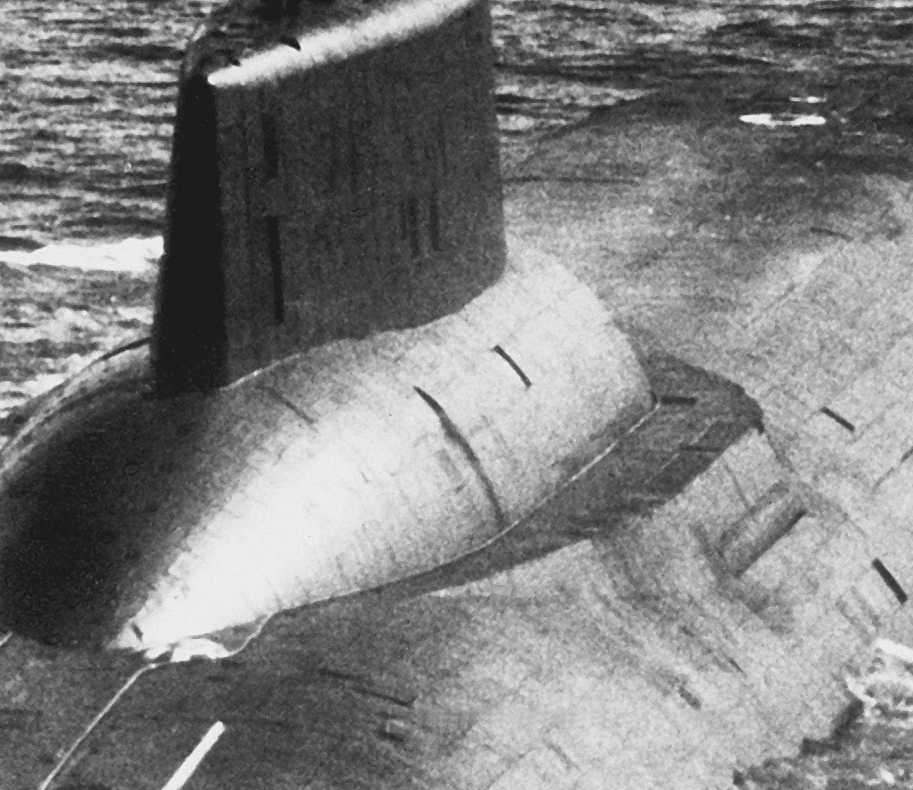
The Typhoon-class submarines, designed by the Soviet Union, are the largest ever built. Launched in the 1980s, they could carry up to 20 intercontinental ballistic missiles. Their sheer size and firepower made them a formidable component of the Soviet Navy’s strategic arsenal.
USS Thresher (SSN-593)
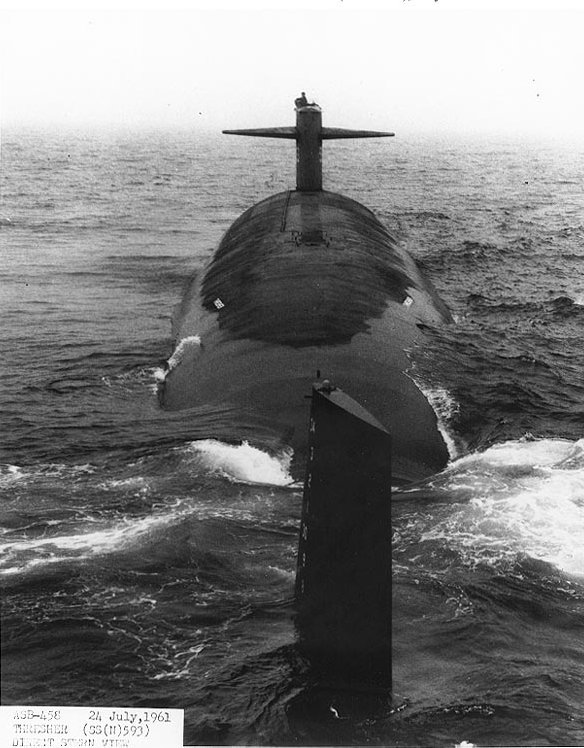
The loss of USS Thresher in 1963 was a pivotal moment in submarine safety. The tragedy led to the implementation of the SUBSAFE program, which significantly improved the design, construction, and operational safety of U.S. submarines, setting higher safety standards worldwide.
USS Skate (SSN-578)
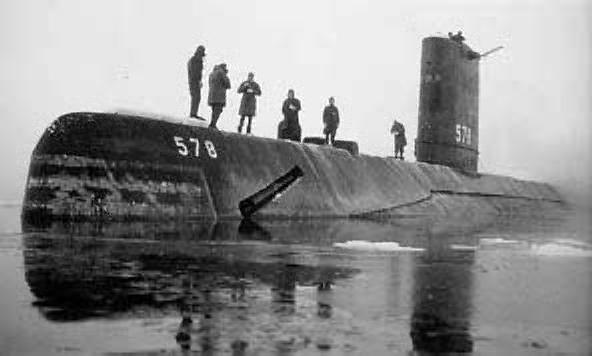
USS Skate, commissioned in 1959, was the first submarine to surface at the North Pole. This achievement showcased the operational flexibility and capabilities of nuclear-powered submarines in extreme Arctic conditions, expanding the strategic reach of the U.S. Navy.
This article originally appeared in MyCarMakesNoise.
More from MyCarMakesNoise
15 Most Reliable Trucks for Heavy-Duty Work

When it comes to heavy-duty work, having a reliable truck is essential. The demands of towing, hauling, and navigating tough terrains require a vehicle that can withstand intense pressure and maintain peak performance. Read More.
13 Tire Brands You Should Avoid at All Costs

When it comes to selecting tires, the stakes are high as they directly impact your vehicle’s performance and safety. Unfortunately, some brands fall short of delivering the quality and reliability needed. Read More.
16 Lesser-Known Military Vehicles with Impressive Histories
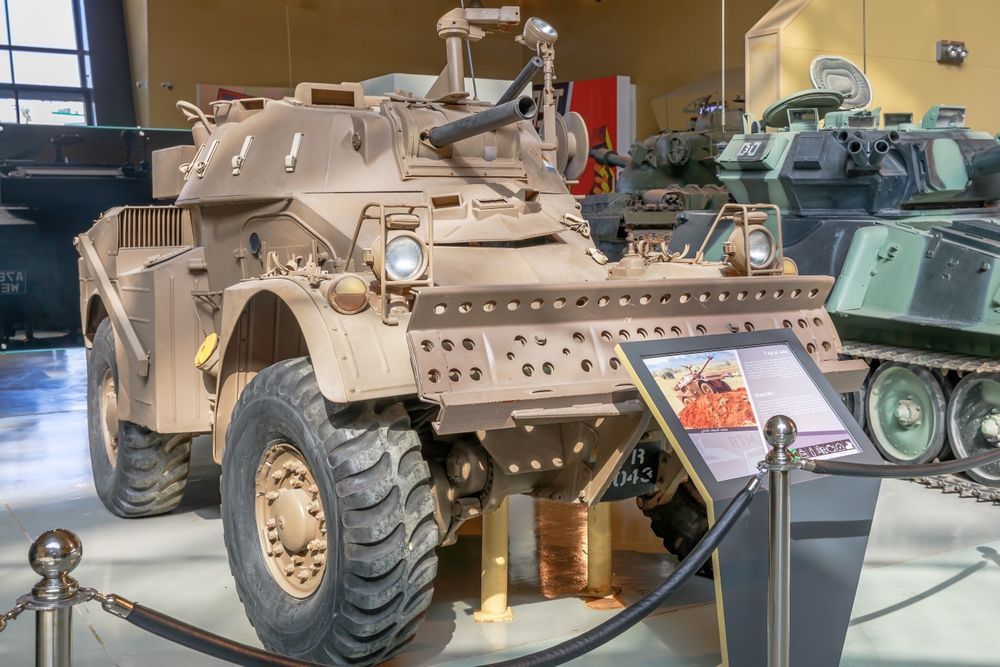
Military history is filled with iconic vehicles, but some of the most remarkable machines often fly under the radar. In this article, we’ll uncover 16 lesser-known military vehicles that have played crucial roles in conflicts around the world. Read More.














